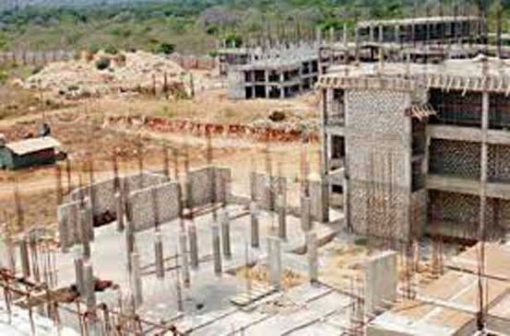×
The Standard e-Paper
Kenya’s Boldest Voice

NAIROBI, KENYA: The construction boom in Nairobi has been blamed for the high rate of accidents and loss of life among young men.
Data from the Directorate of Occupational Safety and Health (Dosh) recorded 237 accidents in a four-year period, with 32 fatalities in Nairobi.